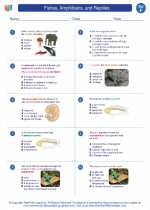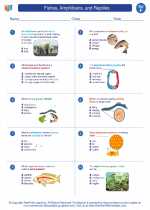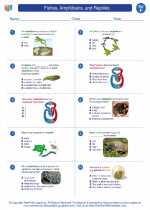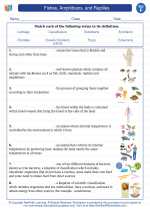Volcanic Activity
Volcanic activity refers to the processes and phenomena associated with the eruption of molten rock, gases, and ash from the Earth's crust. This can occur in various forms, including lava flows, explosive eruptions, and the release of volcanic gases.
Causes of Volcanic Activity
Volcanic activity is primarily caused by the movement of tectonic plates beneath the Earth's surface. When these plates shift and interact, they can create conditions that lead to the formation of magma chambers and the subsequent eruption of volcanoes. Additionally, hotspots, which are areas of intense heat within the Earth's mantle, can also lead to volcanic activity.
Types of Volcanoes
There are several types of volcanoes, each with distinct characteristics and eruption patterns. These include shield volcanoes, stratovolcanoes, and cinder cone volcanoes. Understanding the differences between these types of volcanoes is crucial for predicting their behavior and potential hazards.
Volcanic Hazards
Volcanic eruptions can pose various hazards to both the environment and human populations. These hazards include lava flows, pyroclastic flows, ashfall, and volcanic gases. Understanding these hazards is essential for developing effective strategies for mitigating their impact and ensuring the safety of communities near active volcanoes.
Monitoring and Prediction
Scientists use a variety of techniques to monitor volcanic activity, including seismographs, gas sensors, and satellite imagery. By analyzing these data, they can make predictions about potential eruptions and alert authorities and communities in advance. Understanding the monitoring and prediction of volcanic activity is crucial for implementing effective emergency response plans.
Study Guide
- What are the primary causes of volcanic activity?
- Describe the different types of volcanoes and their characteristics.
- Explain the various hazards associated with volcanic eruptions.
- How do scientists monitor and predict volcanic activity?
- Discuss the importance of understanding volcanic activity for community safety and emergency planning.
By studying the causes, types, hazards, and monitoring of volcanic activity, you can develop a comprehensive understanding of this natural phenomenon and its implications for the environment and society.
.◂Science Worksheets and Study Guides Sixth Grade. Fishes, Amphibians, and Reptiles

 Activity Lesson
Activity Lesson
 Worksheet/Answer key
Worksheet/Answer key
 Worksheet/Answer key
Worksheet/Answer key
 Worksheet/Answer key
Worksheet/Answer key
 Worksheet/Answer key
Worksheet/Answer key
 Vocabulary/Answer key
Vocabulary/Answer key
 Vocabulary/Answer key
Vocabulary/Answer key
 Vocabulary/Answer key
Vocabulary/Answer key
 Vocabulary/Answer key
Vocabulary/Answer key
 Vocabulary/Answer key
Vocabulary/Answer key
